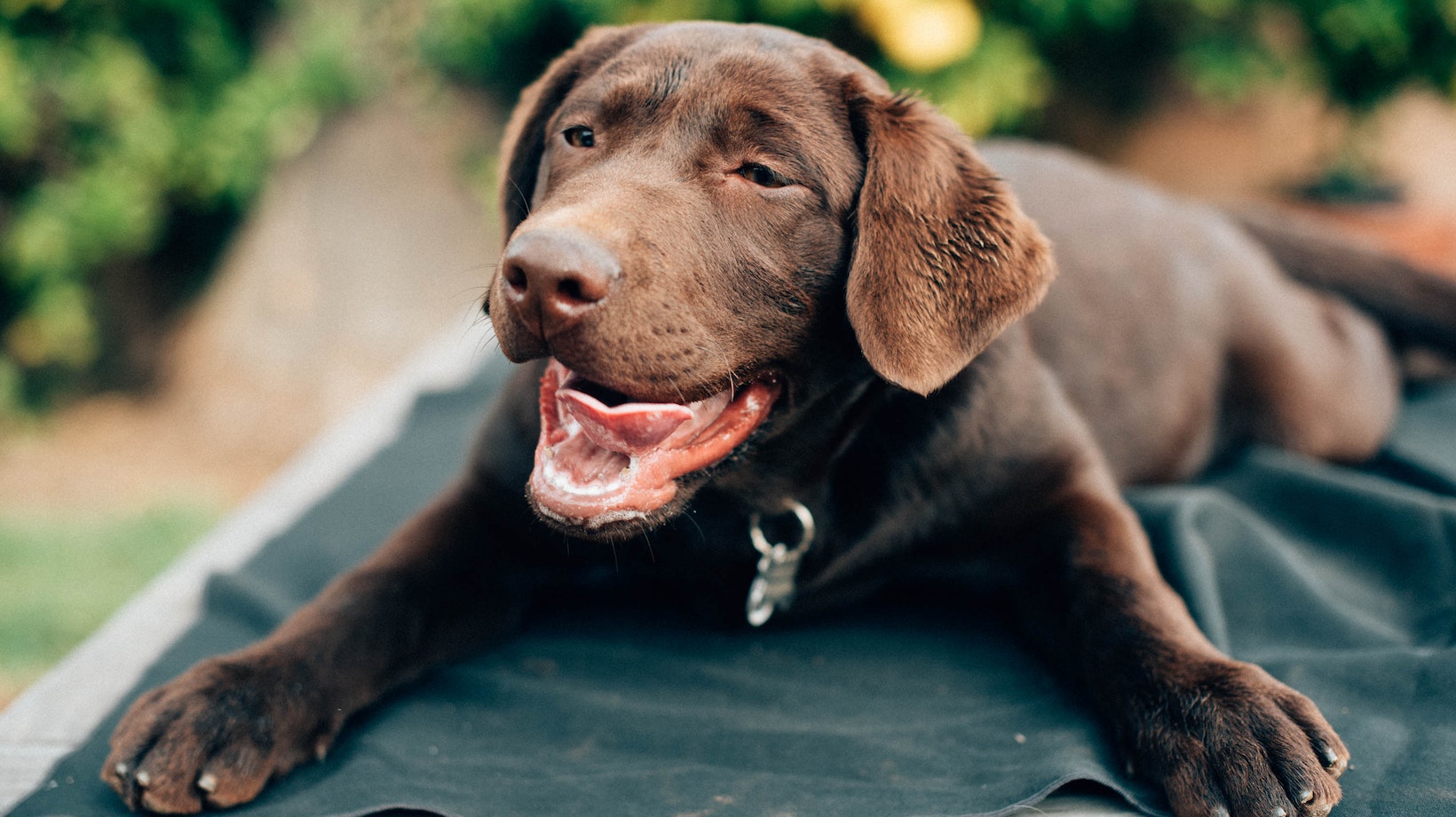How to Train a Service Dog
When it comes to training a service dog, one crucial aspect is introducing them to new environments. This helps them become comfortable and confident in various settings, making their role as a service dog more effective. For instance, if your service dog is a Labrador, they might be naturally adaptable and friendly. However, proper socialization is still essential.
To start socializing your Labrador service dog with new environments, consider the following tips:
- Gradual Exposure: Begin by exposing your dog to different environments gradually. Start with low-stress locations such as quiet parks or calm streets and gradually increase the level of stimulation over time.
- Positive Reinforcement: Use positive reinforcement techniques when your dog shows signs of comfort or confidence in new surroundings. Reward them with treats or praise to reinforce their positive behavior and create positive associations with new environments.
- Variety of Locations: Expose your service dog to a variety of places such as shopping centers, restaurants, public transportation stations, and other busy areas where they may encounter various sights, sounds, smells, and distractions.
- Consistency: Regularly take your Labrador service dog out for socialization sessions so that they get accustomed to different environments on an ongoing basis.
Socializing Your Service Dog with Other Animals
- Supervised Encounters: When introducing your Labrador service dog to other animals, ensure the interactions are supervised and controlled initially. Start small by introducing them to well-behaved pets belonging to friends or family members who understand the importance of proper introductions.
- Positive Associations: Use positive reinforcement techniques during introductions by rewarding your service dog for calm and friendly behavior. Gradually increase the level of interaction, always prioritizing safety and comfort for both animals involved.
- Training Classes: Consider enrolling your Labrador service dog in training classes or workshops specifically designed for socializing dogs with other animals. These classes provide controlled environments where they can learn how to interact appropriately and build their social skills.
- Gradual Exposure: Just like introducing them to new environments, gradually expose your service dog to different types of animals in various settings. This helps them become more adaptable and confident when encountering unfamiliar furry friends.

Building Confidence in Your Service Dog
- Positive Reinforcement Training: Use positive reinforcement techniques during training sessions to positively reinforce desired behaviors and boost your dog’s confidence levels.
- Challenging Tasks: Gradually introduce challenging tasks that align with the specific duties of your Labrador service dog. Provide guidance and support as they overcome these challenges, helping them develop a sense of accomplishment.
- Exposure to Various Situations: Expose your service dog to various scenarios they may encounter while on duty such as crowded areas, loud noises, or unexpected distractions. By gradually exposing them to different situations, you can help desensitize any anxiety or fear they may have.
- Building Trust: Establish a strong bond built on trust between you and your Labrador service dog by consistently providing clear communication, consistent training methods, and plenty of love and affection.
Remember that every Labrador is unique, so take cues from their individual personality traits throughout the socialization process. With patience, consistency, and positive reinforcement techniques, you can help shape a confident and well-socialized service dog ready to assist you in their invaluable role.
- Start with basic commands: Begin by teaching your Labrador essential commands such as “sit,” “stay,” “down,” and “come.” These commands provide the foundation for good behavior and help establish your role as the leader.
- Use positive reinforcement: Labrador Retrievers respond well to positive reinforcement techniques. Reward your dog with treats, praise, or playtime whenever they successfully follow a command or exhibit desired behavior. This will motivate them to repeat those actions in the future.
- Be consistent: Consistency is key when training any dog, including Labradors. Establish clear rules and expectations from the beginning and ensure that everyone involved in the training process follows them consistently. This helps avoid confusion and reinforces what you want your service dog to learn.
- Socialization is vital: Expose your Labrador service dog to various environments, people, animals, sights, sounds, and smells early on in their training journey. This socialization helps them become comfortable and confident in different situations while promoting good manners around others.
- Practice impulse control exercises: Labradors can be exuberant dogs with high energy levels. Teaching them impulse control exercises like waiting patiently for food or not jumping on people will help instill good manners both at home and in public settings.
- Seek professional guidance if needed: If you encounter challenges during the training process or feel overwhelmed at any point, don’t hesitate to seek assistance from a professional dog trainer experienced in working with service dogs or specifically with Labradors.
Remember that every Labrador is unique, so adapt these strategies according to your individual dog’s personality and learning style. With patience, consistency, and positive reinforcement, you’ll be well on your way to training a well-mannered and obedient service dog.